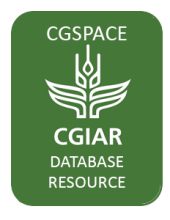/ library resources
Showing items 67294 through 67302 of 73534.The report documents the first steps taken to aims to design a “rapid†systemic approach that can be used to better understand the entry points for systems transformation, and innovation bundling. The tool was tested in three countries including Bangladesh, Nepal and Ethiopia.
The 2010s were a decade of strong economic development in Kenya. Gross domestic product (GDP)—an indicator of the economy’s size—expanded by an average of 5 percent per year (KNBS 2022).
The livestock sector plays a major role in the Kenyan food system, contributing about 12 percent of the country’s overall GDP and 40 percent of agricultural GDP, and employing about half of the agricultural labor force (Kenya Markets Trust 2019a).
This book has adopted a food systems framework as a new way of conceptualizing and designing food policies and research.
Climate change represents a major challenge to food systems.
Digital innovation is a key feature in the global and national discourse on food systems transformation.
Management of postharvest food loss and waste (FLW) is an important strategy in efforts to sustainably meet the food and nutrition needs of the world’s growing population. Sustainable food systems are critical to achieving food security and nutrition for all, now and in the future.
Agricultural inputs, including fertilizers, seeds, breeding stock, crop protection chemicals, machinery, irrigation, and knowledge, are key to innovation and productivity improvement, and are the backbone of any agricultural revolution.
Paginering
Land Library Search
Through our robust search engine, you can search for any item of the over 64,800 highly curated resources in the Land Library.
If you would like to find an overview of what is possible, feel free to peruse the Search Guide.

